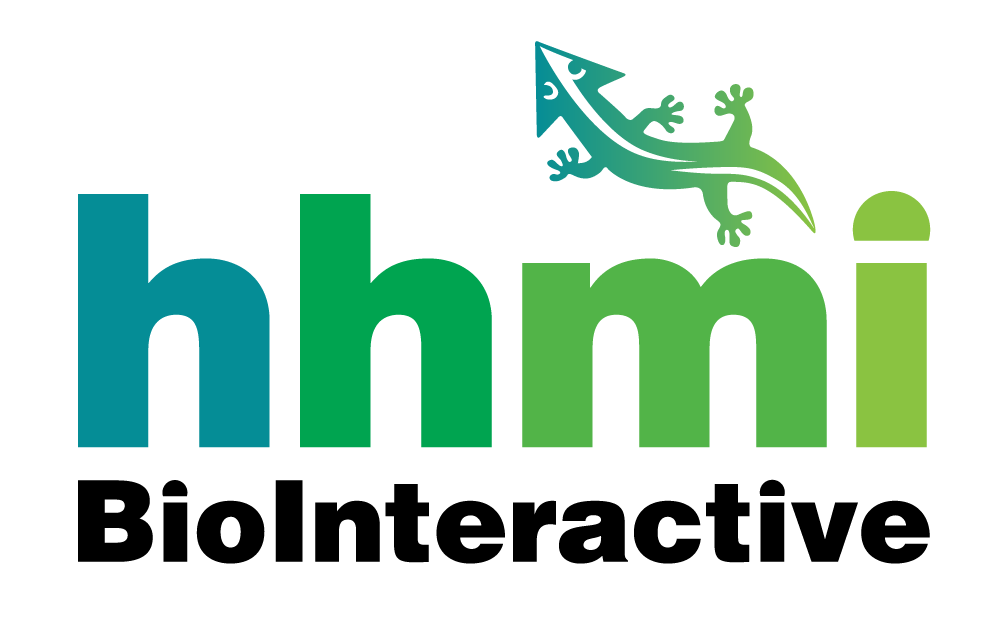Modifying HHMI Anole Resources: Using Image J to Quantify Ecomorphs and Tree-thinking to Explore Evolutionary Hypotheses
Author(s): Kristine Grayson
University of Richmond
2084 total view(s), 3014 download(s)
Anole_Module_Intro.ppt(PPT | 3 MB)
Ecomorph_Measurements_KG.xls(XLS | 45 KB)
Grayson modifications.docx(DOCX | 444 KB)
Phylogeny-Student-Lizard-KG modified.doc(DOC | 5 MB)
Phylogeny_Anolis-DNA-sequences.txt(TXT | 24 KB)
- Lizards | HHMI BioInteractive
- Lizard Evolution Virtual Lab | HHMI BioInteractive
- Using DNA to Explore Lizard Phylogeny | HHMI BioInteractive
- Anole Images - Google Drive
- License terms
Description
This module adaptation "unpacks" the evolutionary take-homes from the Anole Virtual Lab by having students complete the morphological analysis from images in Image J (see zipped file of images for xray and toe pad images given to students) and construct their own graphs to determine the ecomorph identity of their assigned species. The excel file provides summary data for 52 Anole species across four islands, with data for 48 species provided to the students. The ecomorph, island identity, and morphological measurements were removed for 4 species, which were assigned to the students for data collection and making inferences (take home: the students can easily assign ecomorph based on the data they collect, but not island due to the convergent evolution of morphology across islands). Changing the density ellipse view from ecomorphs to islands visually demonstrates this conclusion. Students then complete the stand-alone phylogeny construction (see link) to differentiate between evolutionary hypotheses explaining the similarities between lizard communities across islands. The revised student handout included above combines these two investigations for a single 90 minute class period (which was ambitious - time was tight!). The goal of this adaptation is to achieve many of the learning objectives in the Anole Virtual Lab in a more independent format for undergraduate students. This course also used JMP for graphing and statistical analyses and this adaptation provided additional practice in this platform. The graphing could easily be modifying to use the density ellipse function in Excel.
Cite this work
Researchers should cite this work as follows:
- Grayson, K. (2018). Modifying HHMI Anole Resources: Using Image J to Quantify Ecomorphs and Tree-thinking to Explore Evolutionary Hypotheses. HHMI BioInteractive FMN (2016), QUBES Educational Resources. doi:10.25334/Q4F38F
